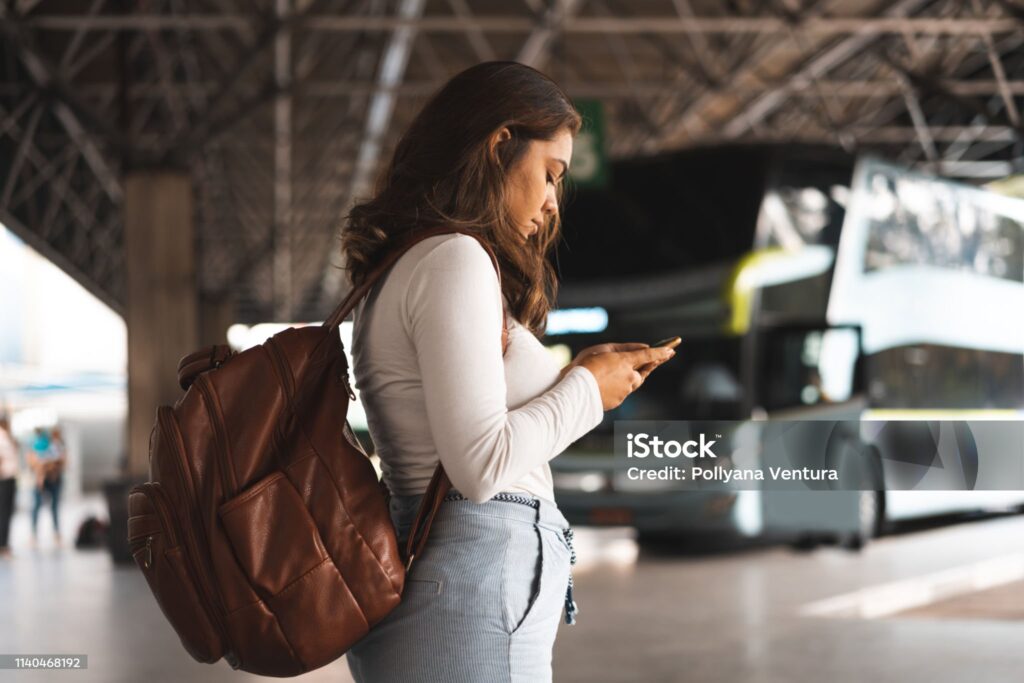How Transport Connectivity Shapes Intercity Tourist Flows
“The Power of Geolocation in Bus Advertising: Connecting Brands with on the move consumers”
November 21, 2022Cross-Platform Advertising for Mass Transit Providers through Wi Fi Networks
February 21, 2023
In a world where travel is increasingly intertwined with technological advancements, the study of dyadic air and public transport connectivity unveils a fascinating nexus between transportation modes and domestic tourist flows among cities. This article delves into this complex relationship, shedding light on the interconnected nature of these modes and their profound impact on tourism dynamics, especially for our country, Cyprus where tourism is a great income generator for our economy.
Understanding Dyadic Connectivity
The term “dyadic” emphasizes the paired relationship between air and public transport systems. This synergy creates a network where the efficiency and accessibility of one mode significantly influences the other, forming a symbiotic connection that shapes the choices of domestic tourists.
Impact on Tourist Flows
As air and public transportation systems become more seamlessly connected, tourists experience enhanced accessibility, leading to increased travel between cities. This impact is measured through a comprehensive analysis of geo-tagged data, providing insights into the patterns and preferences of modern travelers.
Highlighting Interconnected Dynamics the need for integrated transportation planning increases. Policymakers and city planners must recognize the symbiotic relationship between air and public transportation connectivity, implementing strategies that amplify the positive effects on tourism. In conclusion, transport connectivity should also emphasize its pivotal role in shaping domestic tourist flows. As cities strive to become tourist hubs, fostering an interconnected transport network emerges as a key strategy for attracting and accommodating modern travelers.